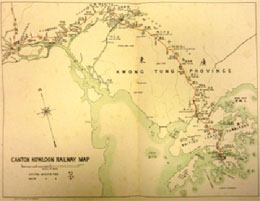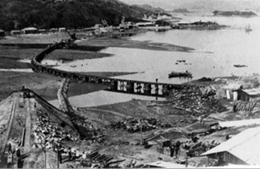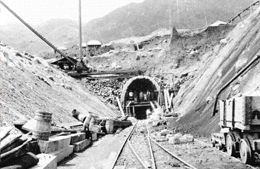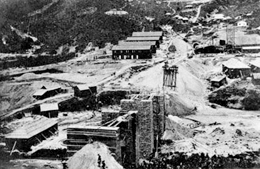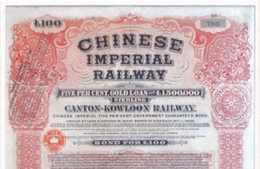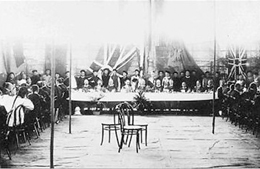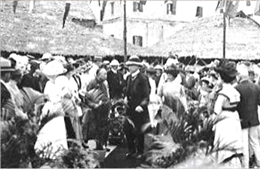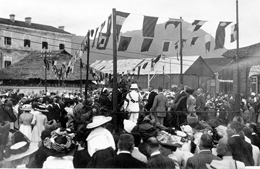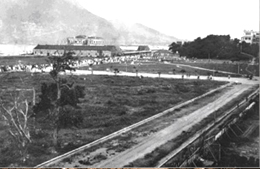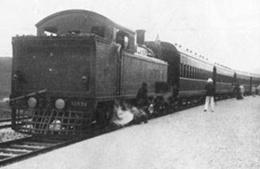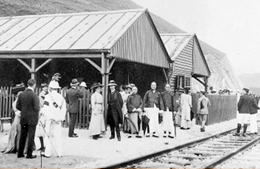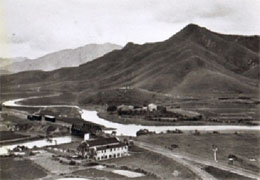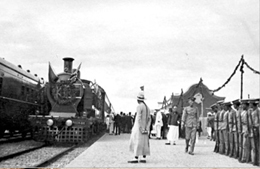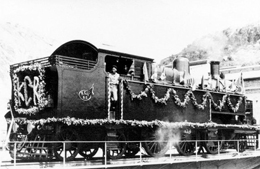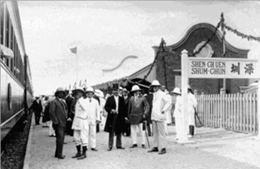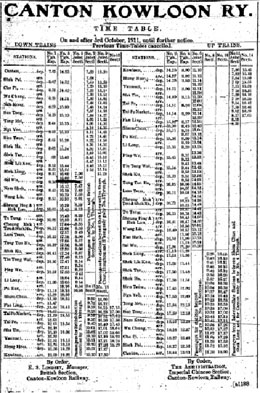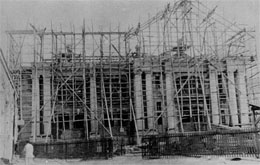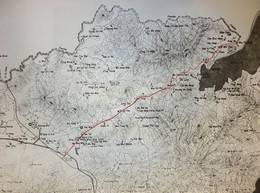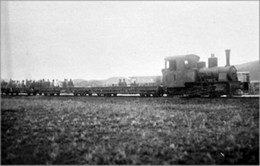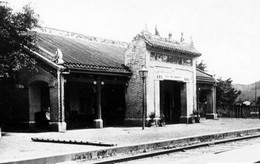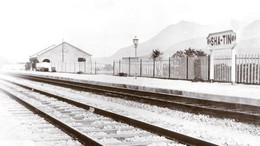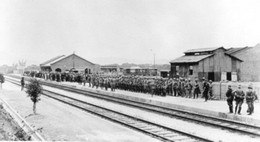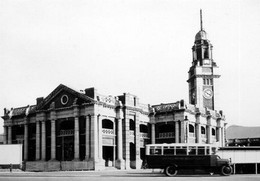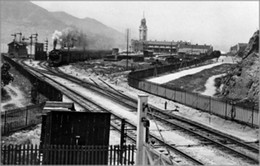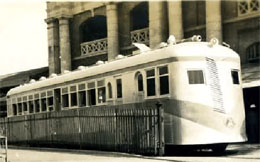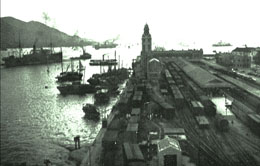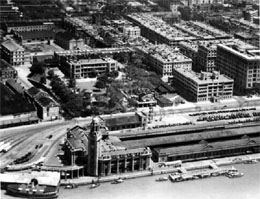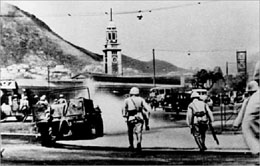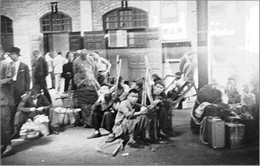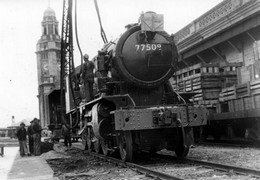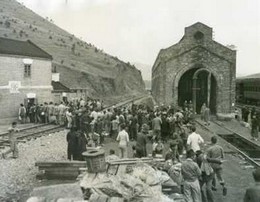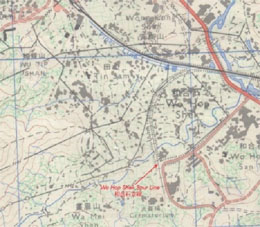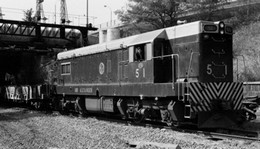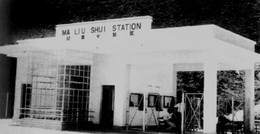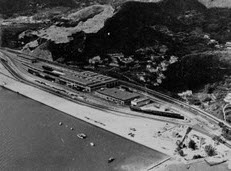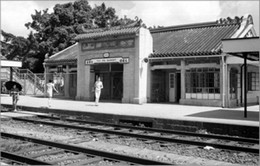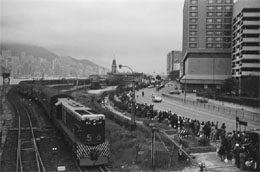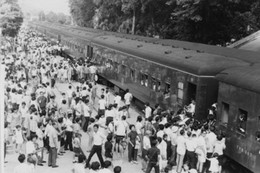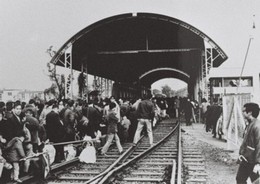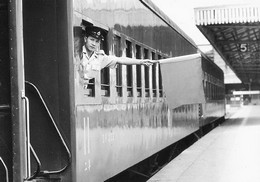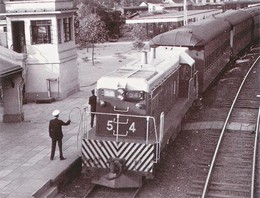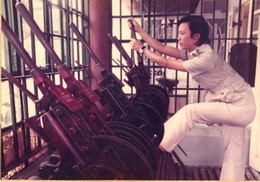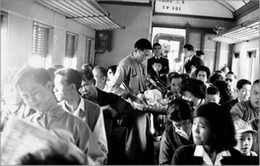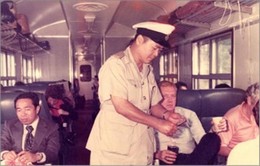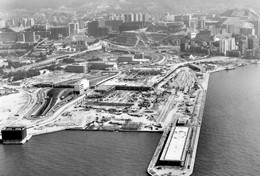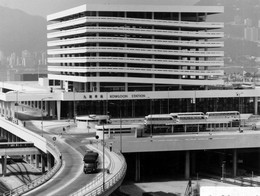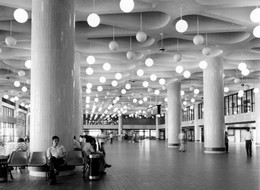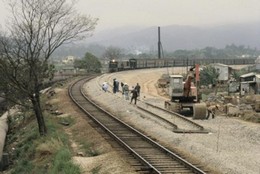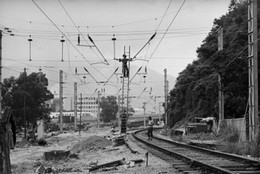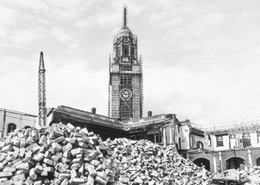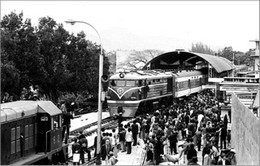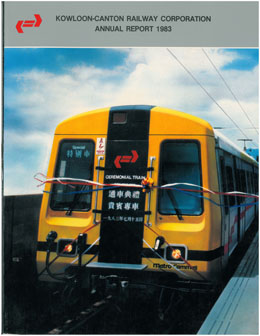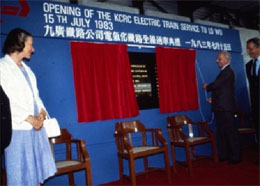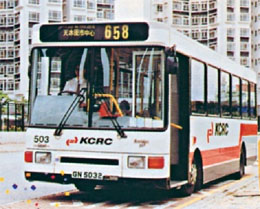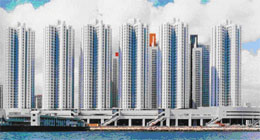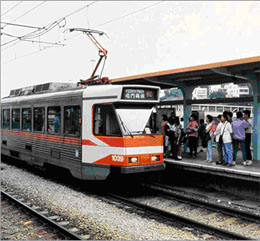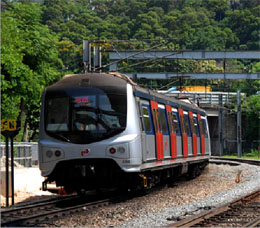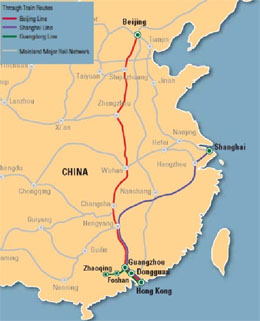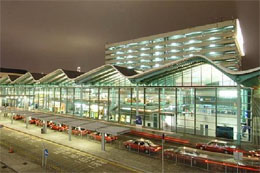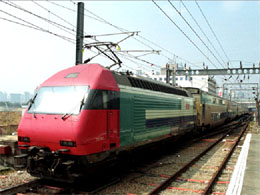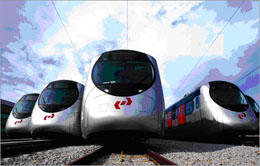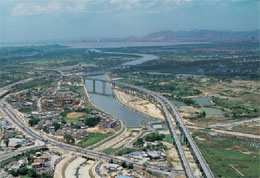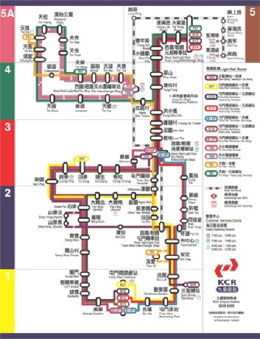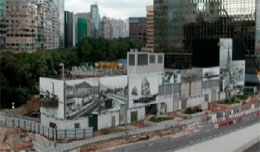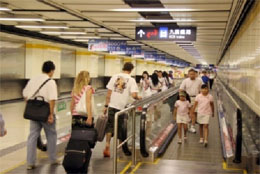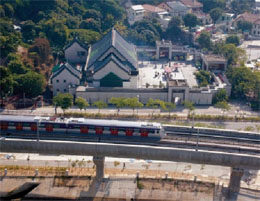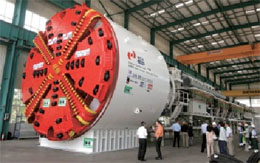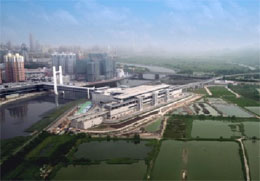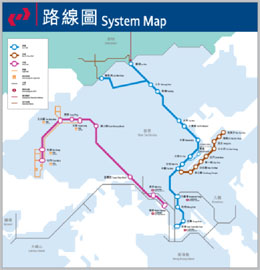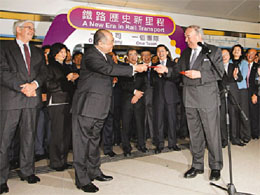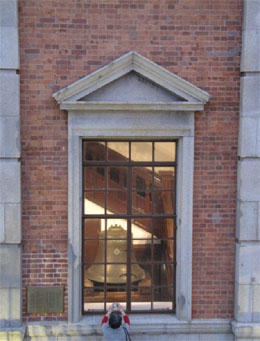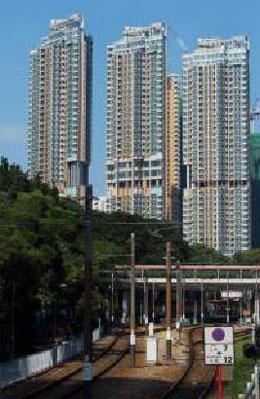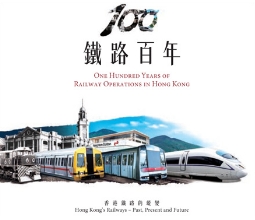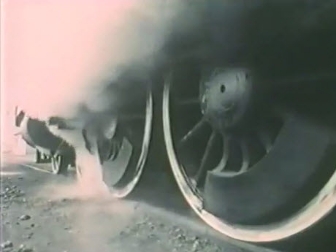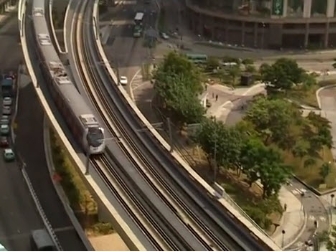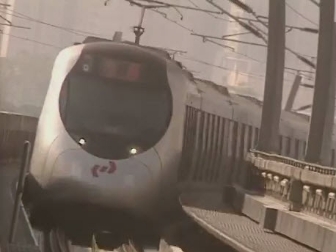On 25 June 2002, the Government first publicly indicated that it was considering the possibility of a merger between the Corporation and the MTR Corporation Limited (MTRCL).
In February 2004 the Government invited the two corporations to commence discussions on a possible merger. In September 2004 the corporations submitted a joint merger report to the Government.
In April 2006 the Government and the MTRCL signed a non-binding Memorandum of Understanding on the structure and terms for the proposed rail merger.
In June 2007 the Legislative Council passed the Rail Merger Bill, and subsequently in July 2007 the by-laws and regulations applying to the merged rail network were also passed. In August 2007 the Corporation's Managing Board gave its approval to the signing of the rail merger transaction documents. In October 2007, MTRCL's independent shareholders approved the rail merger package at an Extraordinary General Meeting.
On 2 December 2007 the Rail Merger Ordinance came into effect. The Rail Merger Ordinance expressly empowered KCRC to grant a service concession to MTRCL and expanded the scope of MTRCL's franchise to enable it to take up the operation of KCRC's transport services.
The rail merger comprised two key components. The first was a Service Concession Agreement whereby MTRCL was granted the right for an initial period of 50 years (which is extendable) from 2 December 2007 to use KCRC's railway assets to operate the existing KCR railway lines and other transport-related businesses such as bus operations in the North-west Transit Service Area, and upon their completion, the new KCR railway lines then currently under construction. In return, the MTRCL was required to make a fixed annual payment of HK$750 million to KCRC, and after 36 months, an additional variable payment based on a percentage (which is on an increasing scale) of the annual gross revenue in excess of HK$2.5 billion generated from the KCRC railway assets.
The second key component was a Sale and Purchase Agreement, whereby on 2 December 2007 MTRCL purchased at a sum of HK$7.79 billion a number of KCRC properties and property management subsidiaries, and made a further payment of HK$4.25 billion for the Service Concession and the purchase of certain railway assets of KCRC such as stores and spares.
Following the merger of the operations of the rail systems of KCRC and MTRCL, KCRC has become primarily an asset holding corporation under the direction of a Managing Board composed wholly of senior public officials appointed by the Chief Executive of the Hong Kong Special Administrative Region. The Corporation is responsible for monitoring that the MTRCL complies with the terms of the Service Concession Agreement. Its other functions include investment of the reserve funds, servicing the Corporation’s outstanding debts, and managing its subsidiaries, including those involved in the development of the property sites along the West Rail Line on behalf of the Government.
In respect of these West Rail property sites, the KCRC Chief Officer is the Chairman of the managing board of West Rail Property Development Limited (WRPDL) (its shareholders being the Government and KCRC) which is responsible for implementation of the various developments on behalf of the Government, with MTRCL being the development agent for WRPDL. The first of these projects at Tuen Mun Station was completed in 2013. Currently, the site at Pat Heung Maintenance Depot is the only remaining site in study for development.
Since the merger, the Corporation has been served by a very small number of staff, having decided to outsource many of its routine administrative and specialist support functions. The Managing Board is chaired by the Secretary for Financial Services and the Treasury of the Government, and the management is headed by a Chief Officer.
In August 2018, the Government vested the land and interests or other rights in respect of the land for the operation of the Hong Kong Section of the Guangzhou-Shenzhen-Hong Kong Express Rail Link (XRL) and assigned the movable assets of the XRL Hong Kong Section to the Corporation. The Corporation, as the owner of the assets, granted the right to operate the XRL Hong Kong Section to MTRCL for a concession period of 10 years under a Supplemental Service Concession Agreement (SSCA).
In February 2020, the Government vested the land and interests or other rights in respect of the land for the operation of Tuen Ma Line Phase 1 (TML 1) (i.e. the extended section of the previously existing Ma On Shan Railway from Tai Wai to Kai Tak) and assigned the movable assets of the TML1 to the Corporation. The Corporation, as the owner of the assets, granted the right to operate the railway section under TML1 to MTRCL under a SSCA.
In June 2021, the Government vested the land and interests or other rights in respect of the land for the operation of Tuen Ma Line Phase 2 (TML 2) (i.e. the extended section of the the previously existing Ma On Shan Railway from Kai Tak to Hung Hom) and assigned the movable assets of the TML2 to the Corporation. By then, the previously existing West Rail Line and Ma On Shan Railway were integrated as the Tuen Ma Line. The Corporation, as the owner of the assets, granted the right to operate the railway sections under TML1 and TML2 to MTRCL under a SSCA, which superseded the previous one for TML1.
In May 2022, the Government vested the land and interests or other rights in respect of the land for the operation of the cross harbour section of the East Rail Line (EAL) (Hung Hom to Admiralty) and assigned the movable assets of the EAL cross harbour section to the Corporation. By then, the whole Shatin to Central Link (SCL) project was completed. The Corporation, as the owner of the assets, granted the right to operate the SCL including railway section under TML1 and TML2 and EAL cross harbour section to MTRCL under a SSCA, which superseded the previous one for TML1 and TML2.
